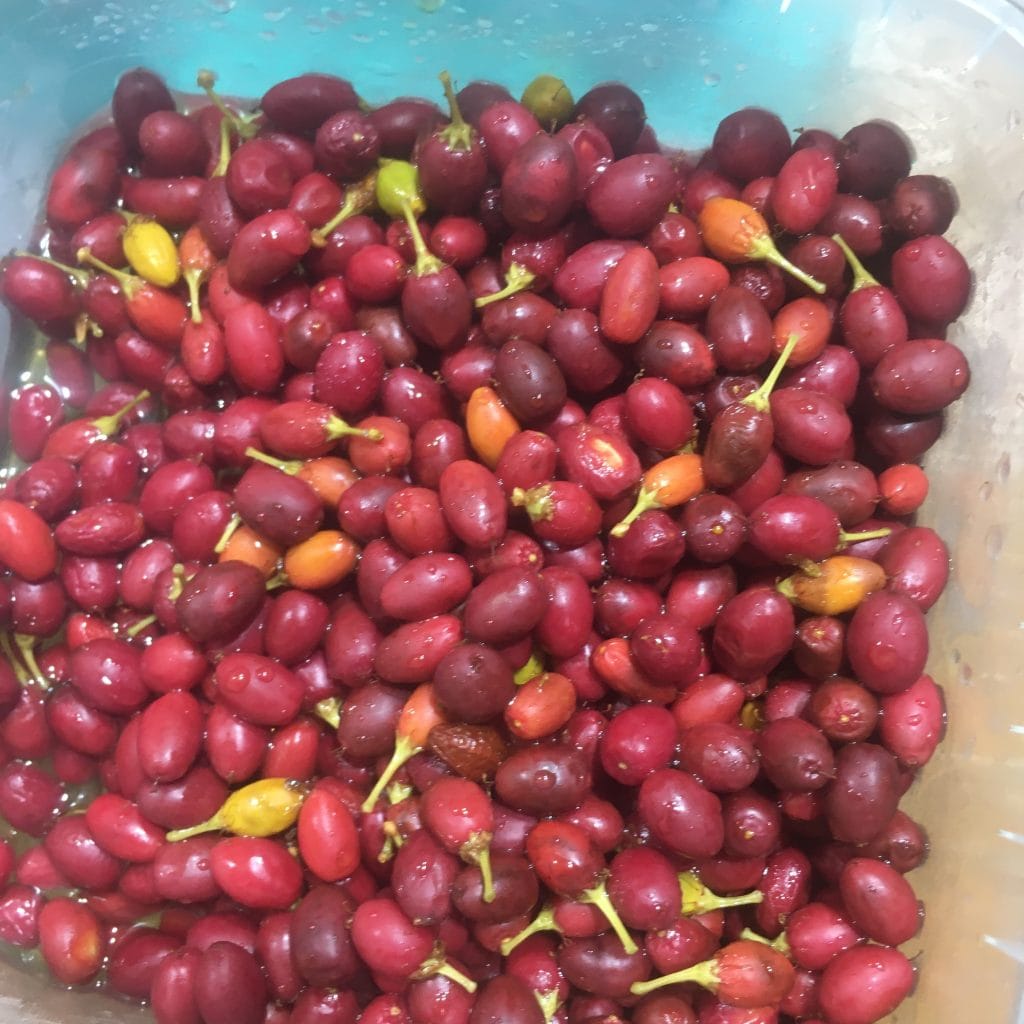How to Identify Genuine Coca Seeds – A Botanical Guide
Why Identifying Coca Seeds Matters
When it comes to Coca Seeds, authenticity matters. The Erythroxylum coca species is often confused with its close relatives like Erythroxylum novogranatense or even unrelated tropical shrubs.
Learning to identify genuine coca seeds helps researchers, collectors, and ethnobotanists ensure the accuracy of their studies and maintain the integrity of botanical collections.
1️⃣ Understanding the Erythroxylum Coca Plant
The Erythroxylum coca plant is a small evergreen shrub native to the Andes. It features smooth, thin leaves with prominent central veins and produces small red berries that contain 1–2 oval seeds each.
Botanically, it belongs to the Erythroxylaceae family — a group known for its ecological and cultural importance in tropical South America.
2️⃣ Key Visual Characteristics of Genuine Coca Seeds
| Feature | Genuine Erythroxylum coca Seed | Common Misidentifications |
|---|---|---|
| Shape | Oval, slightly flattened | Round or elongated |
| Size | ~3–4 mm long | 2 mm or smaller |
| Color | Dark brown with light ridge | Light tan or yellow |
| Surface texture | Smooth and glossy | Rough or grainy |
| Weight | Slightly dense when dry | Very light (indicates non-viable) |
Pro tip 🌱: If a seed feels too light or has a rough texture, it’s likely non-viable or from a related Erythroxylum species rather than E. coca itself.
3️⃣ The Difference Between Coca and Novo Seeds
Coca (Erythroxylum coca) and Novo (Erythroxylum novogranatense) are the two main cultivated varieties. While both are valuable for botanical study, they differ slightly:
- Coca seeds → darker color, slightly larger, more moisture retention
- Novo seeds → lighter brown, smaller, adapted to drier regions
Understanding these distinctions helps in maintaining accurate botanical classification and prevents cross-contamination in greenhouses or research facilities.
4️⃣ Best Practices for Storage and Observation
- Store in a cool, dry, and dark environment
- Avoid direct sunlight and moisture exposure
- Label specimens with collection date and origin
Researchers often observe seed structure under magnification for detailed morphology documentation.
📩 For educational resources on coca seed morphology, contact info@dbotany.com.
5️⃣ Conclusion – Authenticity and Respect for Nature
Identifying genuine Erythroxylum coca seeds is not just about recognition — it’s about preserving biodiversity and respecting cultural heritage.
Each verified seed represents centuries of adaptation and coexistence between humans and nature. As we continue to study and protect these species, we build a bridge between science, tradition, and sustainability.
🌱 True knowledge starts with authentic understanding.


